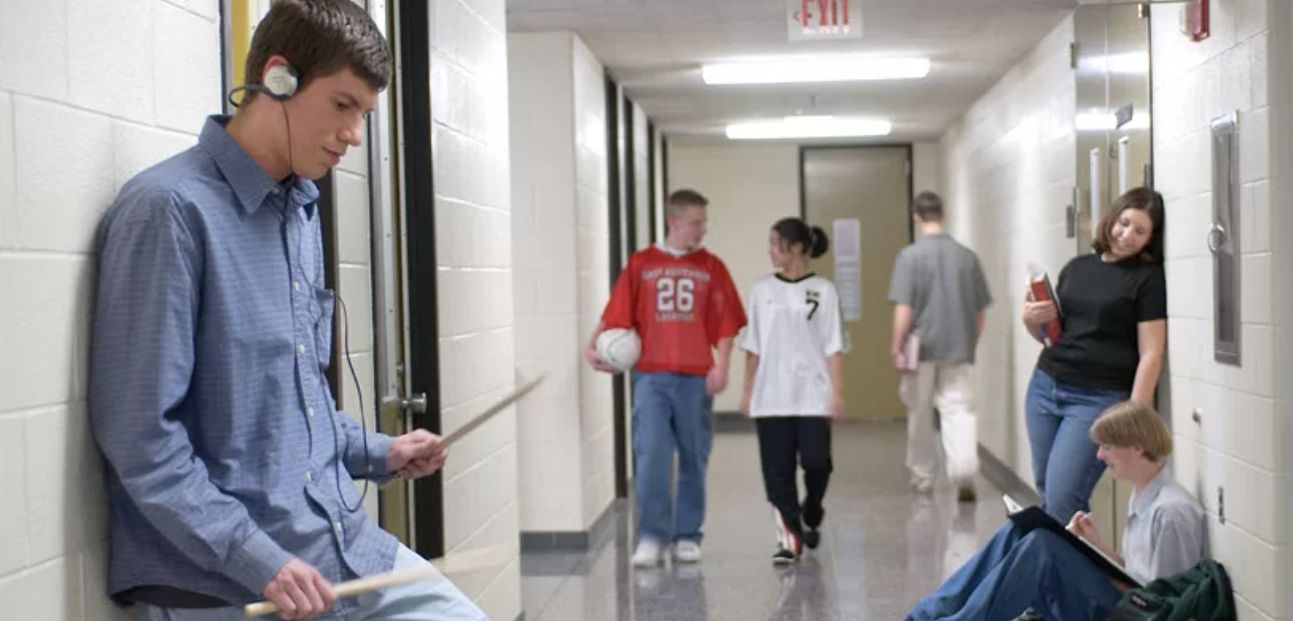
Audition Advice
Curated from YAMAHA – by Dave Gerhart –
HERE’S WHAT YOU NEED TO DO TO PASS YOUR NEXT AUDITION.
GENERAL ADVICE
1. Play through your entire repertoire several times before your live audition. Don’t let the audition be the first time you play through everything in order!
2. Rehearse your audition music in front of an audience and video the performance.
3. Dress appropriately. No jeans. No tennis shoes. No shorts. No track suits. No sweats. (I have seen all of these on auditions!) First impressions count. Ties are optional. Be professional.
4. Practice performing in the outfit that you are going to wear to the audition.
5. Know the names of the people you are auditioning for.
6. Do some research about the school and have some questions for the panel/teacher.
7. If possible, come a couple of days early and talk to current students to get an idea of the program. It is also advisable to take a lesson with the director of the program and attend some rehearsals.
8. Prior to the audition, practice sight reading for 15 minutes every day.
9. When you get to the sight-reading section of the audition, take 15-30 seconds to scan through the piece before you start. Once you start, do not stop. Pick a tempo that you think will allow you to play through the entire piece.
10. Figure out the order in which you want to play your pieces before the audition. Don’t come in and say, “Uh, so what do you want to hear?” You don’t have a lot of control over what happens in the audition. Asking if you can play the pieces in a logical order gives you some degree of control; as a result, you will feel more relaxed.
11. Have a copy of the audition music for the panel. Organize the music in a binder and put it in the order you want to play it. Make two or three copies of the music. If you are playing a lot of pieces, use tabs to split up the music so it is easy for the committee to find the piece you are playing.
12. Take a couple of private lessons with a teacher other than your instructor. It’s good to get an unbiased opinion of your playing before an audition. It’s also good for alleviating any nervousness you might have when playing for a new teacher.
IF YOU ARE A PERCUSSIONIST…here are some bonus tips that will help you pass your audition:
1. While it’s great to play a flashy piece, it’s more impressive to play something musical.
2. If possible, play on a variety of different instruments before your audition. (For example, play your marimba piece on four or five different brands of marimbas).
3. Make sure you play a concert snare roll when you are playing a concert snare drum solo. No double stroke rolls!
4. Play a marimba and snare drum piece that has rolls.
5. Practice rolls with dynamics (soft to loud to soft).
6. Play a 2-mallet and a 4-mallet solo. Excerpts are great.
7. If you’re playing a timpani piece, make sure it includes some timpani-specific techniques (rolls, dampening, crossing/shifting) and doesn’t have a lot of tuning changes (you never know which type of pedals will be on the timpani). Practice your tuning — make sure you can tune 4ths, 5ths and octaves, and don’t play a piece that requires five timpani. (Most schools will only have four.)
And always remember this: Your first audition is always the hardest one.
Good luck!
